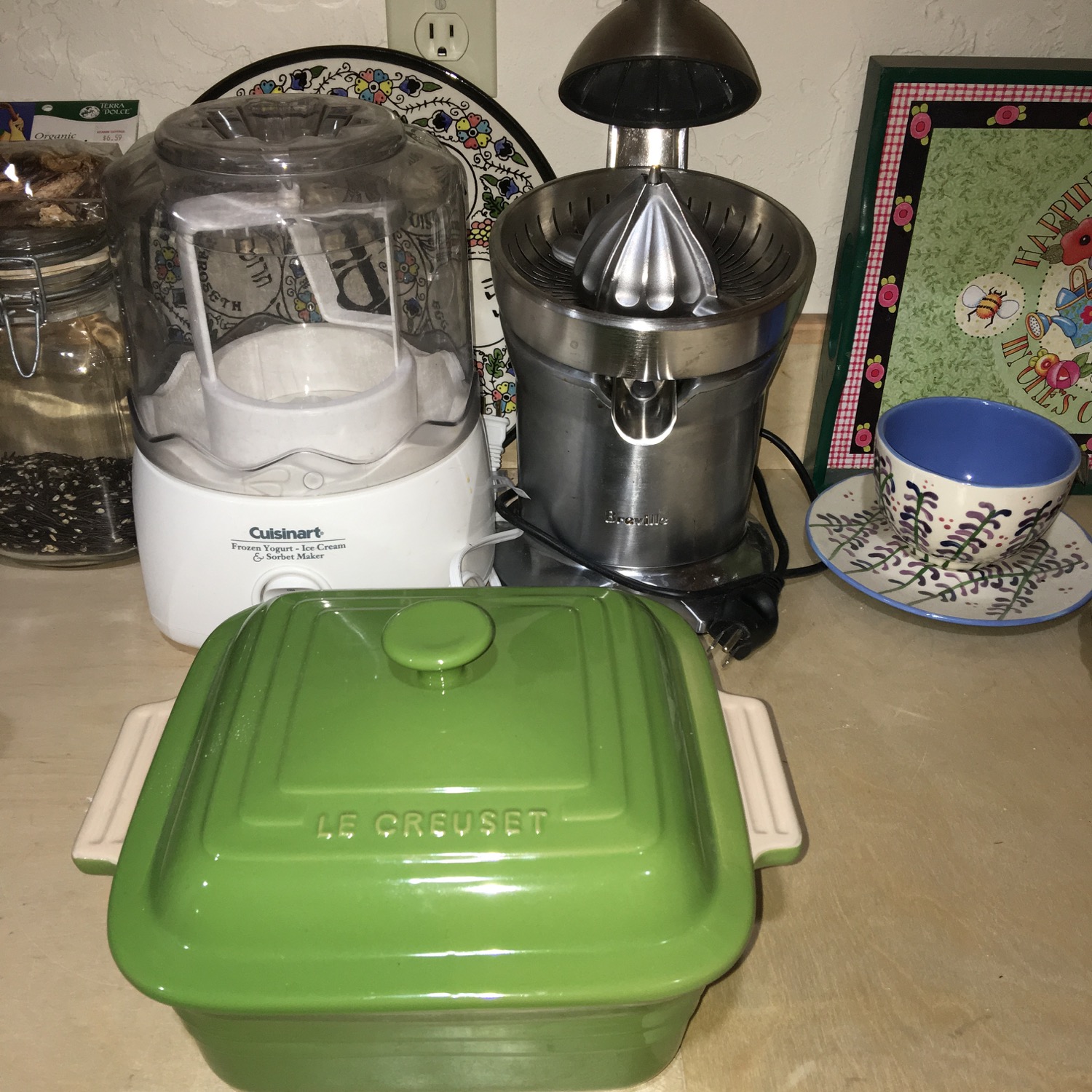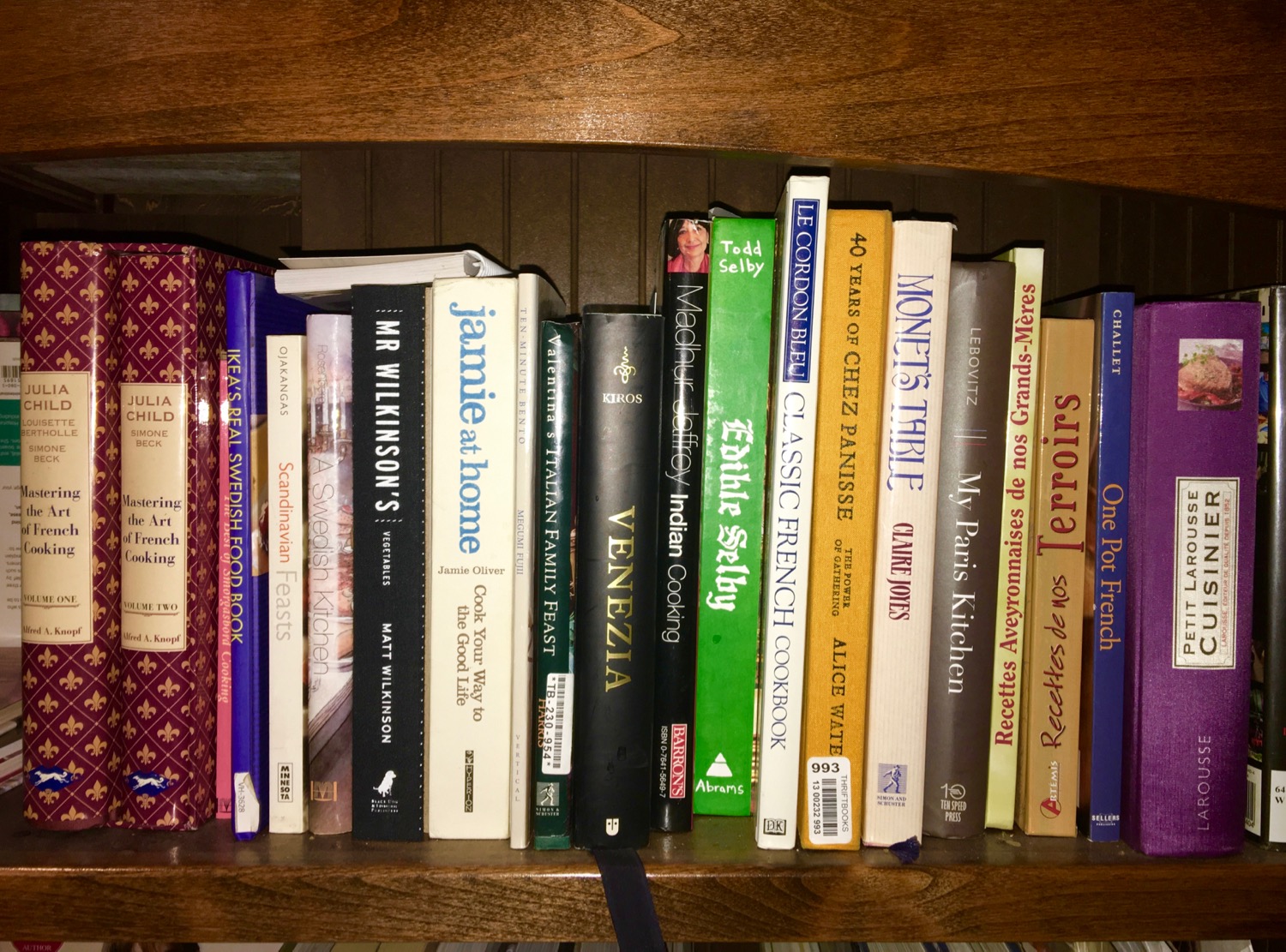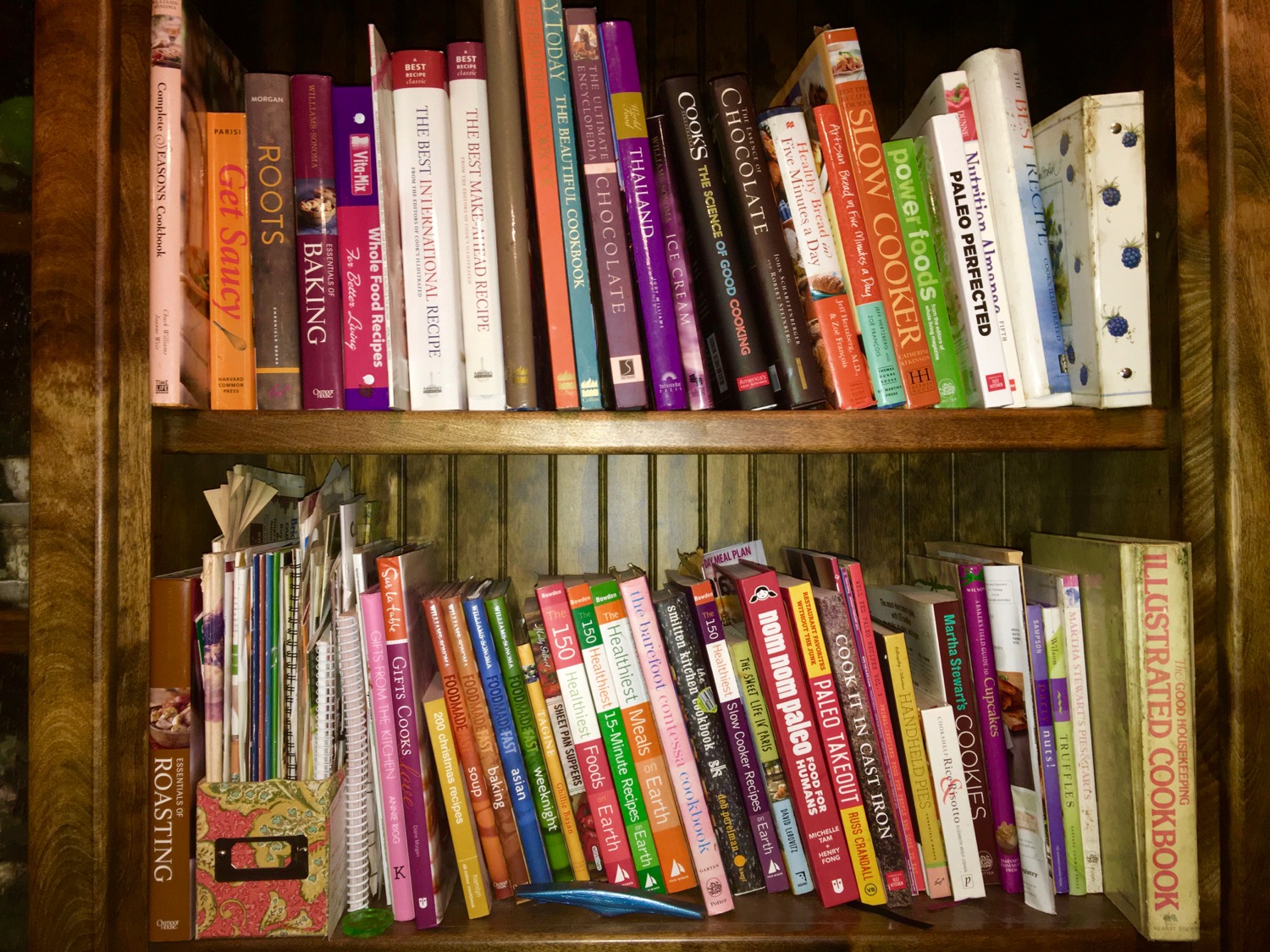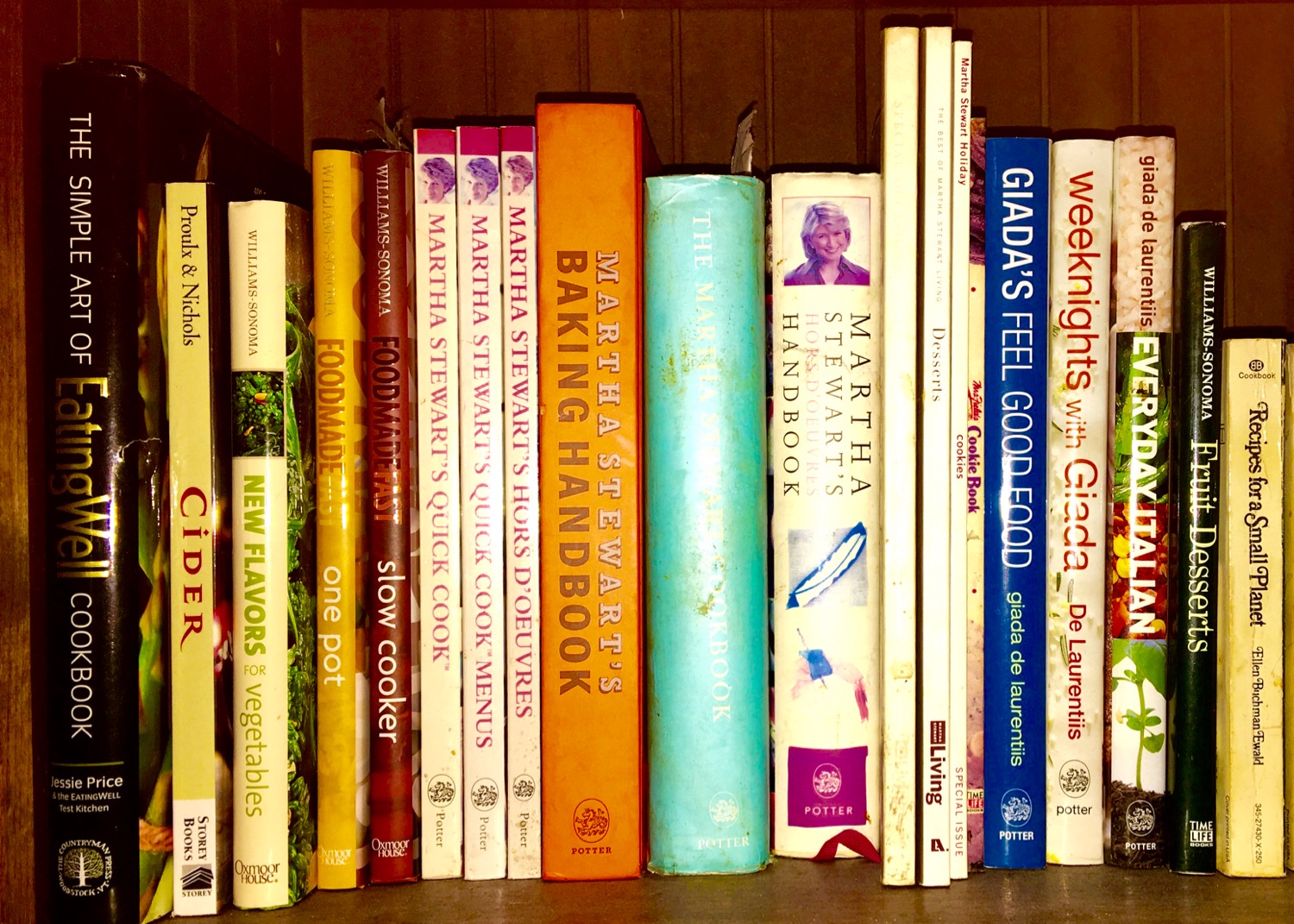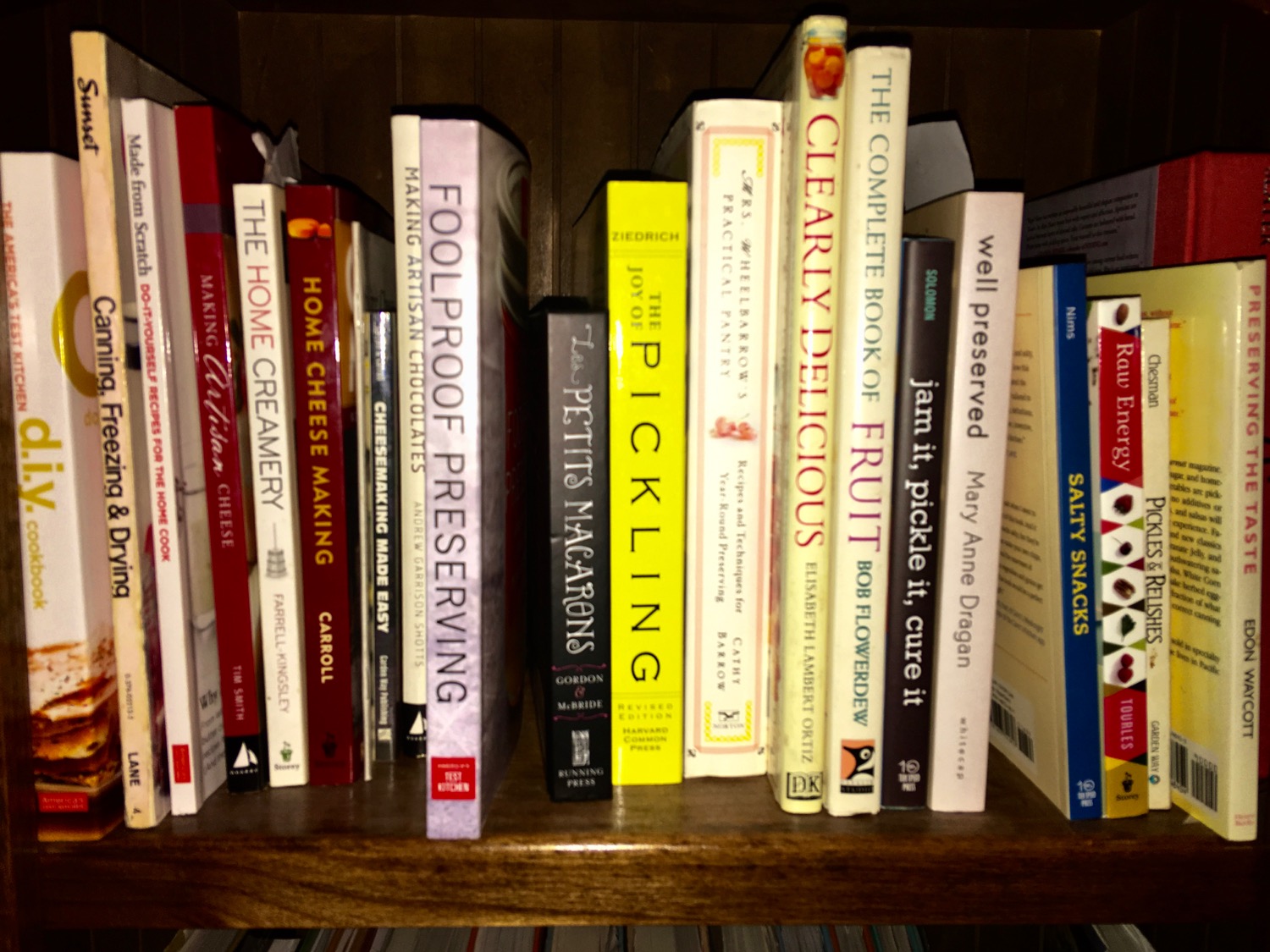Friday night is the beginning of the 8 day holiday of Passover. It commemorates the journey of the Hebrew slaves out of Egypt and into freedom. This passage can be seen on many levels: geographic, cultural, religious, psychological, and, concerning our topic today, culinary.
It is an archetypal story that the Jewish people have seen fit to memorialize and celebrate with the Passover Holiday. And, more than every other Jewish Holiday, it is celebrated with food. True, the Seder, or Passover celebration service has a beautiful and music-laden liturgy in a volume called the Haggadah, but the special food items eaten are written right into the text.
The ceremony begins with blessings over wine and candle lighting. The narrative proceeds to bring us into a desert land, into the fold of an impoverished and weakened people. Moses, with divine inspiration, invokes the plagues upon Egypt to persuade Pharaoh to let his people go. Finally the tenth plague, the death of the firstborn of Egypt breaks him, but he reneges, and the people are pursued by Pharaoh's chariots through the Red Sea, where they are delivered to freedom and the soldiers drowned.
As the story proceeds, we at the table are permitted meager portions. We must wait patiently and hear the story unfold. We may dip bitter green herbs in salt water symbolizing the bitterness of slavery and the tears the people. Of course, everyone at the table is quite hungry by now, and we are reminded to remember the suffering of people everywhere, and even into the present. Fairly soon we can have a sip of wine. At last we are given the Matzah. It is a flat tasteless cracker made of flour and water. It is the closest thing to cardboard that you can actually eat. It has its appeals, but I think mainly from association to the festive family gatherings. It depicts a “ poor bread”, a bread made in haste, the bread of slaves on the run, the bread of people who can afford nothing else. Everyone eats some in ceremonial fashion, and often with a spread. But no ! It is a spread of pungent horseradish called Maror, again to symbolize suffering. It is traditional to see who can take the biggest bite and wince the worst.
The rabbis must have known about being hangry, since right about then we are permitted also to spread Charoset on the matzah. Charoset is strange compared to typical American foods, one the hearkens to other lands and other times. . It is a paste made of fresh and dried fruit, perhaps citrus, spices and various nuts. It is mulled with sweet red wine. It can be made chunky or smooth, and can be delicious. It symbolizes the mortar for the bricks with which the slaves built. People make a sandwich of Matzah, Charoset, and Maror, as did the famous Rabbi Hillel centuries ago, since he taught that the bitter went with the sweet.
Finally the meal is announced, and it is ritually begun with an elaborate blessing and a boiled or roasted egg. The egg is, of course, a symbol of new life. The entire “ Seder plate “ is presented. The plate is often very large and ornate, with special spots and labels for each of the ceremonial foods, including lamb and the ones already mentioned. As the meal unfolds in many courses, we are encouraged to recline and take our time, and to use pillows to highlight our status as free people.
Modern Seders make mention of various forms of oppression in modern times. In that spirit, the Seder is for passing on wisdom as well as celebrating, and elders at the table are meant to tell the young people what they have seen in their day. I can remember one Seder I attended with a friend as a young high school student. It was in Los Angeles in the 1970s. After the meal was largely finished, the elders started telling stories. I was brought to a table where several very old people had pulled up their sleeves. I could see numbers tattooed on their arms. I realized in silent horror that they were survivors of the concentration camps of World War 2. They spoke at length about what they had seen, and admonished us to never forget. These stories were tragic, but they encouraged us by saying, “Look at us now !” .
Indeed they were filled with joy and pride, in a grand ballroom filled with family and friends, dressed to the nines, and sitting before a splendid table with a spread fit for royalty. I will never forget it.
So Friday when I make our small family Seder, I will think of them. Friday afternoon, however, I will think of all the things I have to prepare. To conclude, I would like to share with you my planned menu. For a Passover menu, it is one part traditional and one part eclectic, just like our family. I hope whatever your tradition, whatever your religion or lack of it, that you can celebrate with us in your heart.
Passover Menu 2016
The Wine: organic grape juice of course.
Bitter herbs: Mixed greens to include arugula, mizuna, mustard greens spinach and kale for the sweet and bitter (with a citrus vinaigrette for later in the meal)
Roasted eggs, deviled by my son in law if he has time.
My own Charoset, featuring dried mango, golden raisins, dates, dried cranberries, almonds, orange juice and champagne, and spices.
Home made matzah- very rustic and hot out of the oven.
Horseradish - straight up no embellishment.
Halibut and salmon terrine - My substitute for the traditional gefilte fish.
Roasted carrot fries - yum
Matzoh ball soup - A family favorite - essentially a chicken soup variation with these amazing smooth light dumplings called matzoh balls. Mix the matzoh meal (wheat crumbs essentially) with eggs and oil and let them sit in the fridge. You will drop them in broth later. Then you roast a couple chickens (done ! ) reserve the meat, make broth, then prepare a mirepoix. A mirepoix is a mixture of finely chopped carrots, onion, and celery, which together give wonderful aroma and taste to soup. Sauté the mirepoix in olive oiling a big pot, add the meat as well, with herbes de provence and pepper. Add broth over all of it, garnish with white wine, bring to a low boil, then drop in your formed Matzoh balls. It won’t take long until they are ready and rise to the top. Serve with matzah.
Fresh fruit- I cannot serve a meal without fresh fruit. Any will do. Strawberries, watermelon, mango and blueberries tomorrow.
Desserts:
Always more than one.
Coconut macaroons- some dipped in chocolate - Love !
Flourless or fallen chocolate cake - Need I say more ?





















